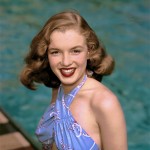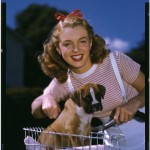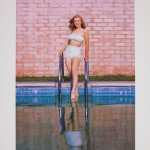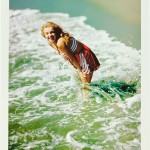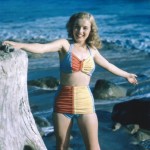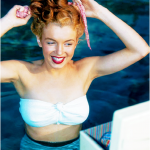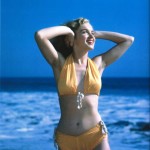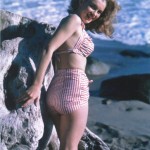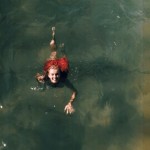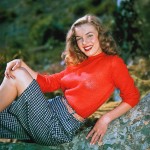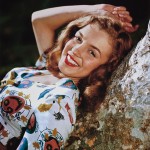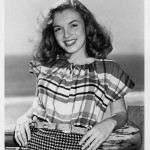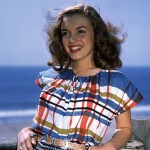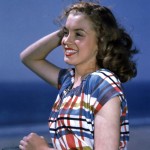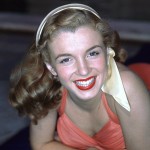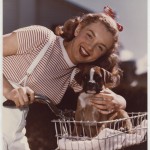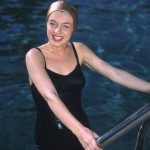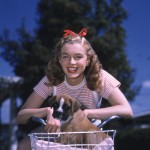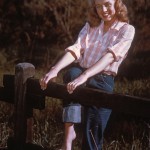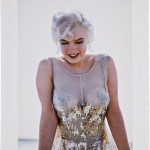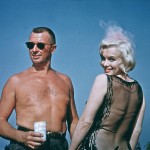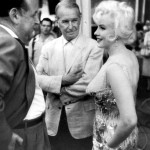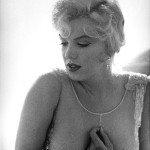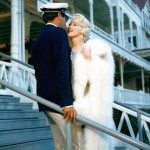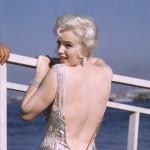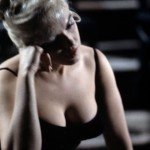1940s
1958
1960
Born to a Californian reverend and his wife, Miller was interested in photography at an early age, setting up a home darkroom by his teens. He was introduced to Leica and Graflex cameras and studied cinematography at university, where he met his future wife, Margaret Dudley.
While working as an actor, Miller also took pictures in the theatre, and showed his portfolio to photographer Edward Steichen. In 1939, Miller abandoned acting and dedicated himself to working behind the lens. In 1941, he submitted a picture of his young daughter, Linda, peeking at the family’s Thanksgiving turkey, and it made the cover of the Saturday Evening Post.
During World War II, Miller toiled at North American Aviation. When the war ended, he trained as a printer and photographer’s assistant. Miller used the ‘carbro’ technique, a long and expensive process of extracting colour from black-and-white negatives, resulting in highly saturated, permanent colour prints. He is now considered a master of the art.
In 1946, Miller was contacted by Emmeline Sniveley of the Blue Book Modelling Agency, Los Angeles. Emmeline said, ‘I’ve got a real cute girl. You ought to see her.’ That girl was twenty year-old Norma Jeane Dougherty, but three or four other photographers were already shooting her. ‘She was a cutie, and they had sold some covers of her already,’ Miller said on his official website.
He hesitated because the magazines did not like to use covers of the same girl that others already had used. But he finally decided to hire Norma Jeane, and on March 2, they took a trip. He posed her leaning against a tree, then on the beach, and finally on a fence. They left the beach abruptly. ‘I remember the crowd was collecting very fast. A lot of men.’
‘I did not shoot her for very long. The market was already saturated,’ he said later. Miller sold a cover shot of Norma Jeane to True Romance, as a bride in her own wedding dress, and clutching Margaret Miller’s bridal prayer book.
‘She was nice when she was Norma Jeane, very sweet,’ Dick Miller reminisced. ‘She posed very well, she was creative about her modeling. She came to dinner at the house. A nice, friendly girl.’ Then Norma was signed by Twentieth Century Fox, and soon changed her name to Marilyn Monroe.
When the Hollywood Freeway was built, from 1948-53, Miller was there to document it. ‘I saw it and just went out of my mind,’ he later wrote. ‘I thought, “My God, this is how people must have felt when they first saw the cathedrals in Europe.”’ Craig Krull, whose Santa Monica gallery exhibited Miller’s work this year, noted, ‘He was way ahead of his time… nobody at that time was thinking about photographing a project like that for artistic purposes.’
Miller also worked as a stills photographer in Hollywood, covering almost seventy films. In 1955 he met a gifted young actor, James Dean, on the set of Giant. It was Dean’s third film, and tragically, it would also be his last. ‘I’d worked with him for a couple of weeks and said to my wife, “This is a guy who will be a best friend for life.” And then – bango – he had that accident,’ he says. ‘That was most disastrous.’
In 1958, Miller was reunited with Marilyn Monroe on the set of Some Like it Hot. She smiled and said, ‘Hi, Dick,’ but was too preoccupied with her work to renew their brief friendship. Miller also photographed Marilyn in 1960, while she was filming Let’s Make Love. The contrast between the world-wearyactress Monroe had become, and the carefree young girl she had been, is startling. Perhaps she did not want to be reminded of her less complicated past.
Nearly sixty years after his first meeting with Norma Jeane, Miller recollected in the Los Angeles Times, ‘I invited her to have dinner with my family, and to this day I remember her description at dinner of what she wanted (in her career.) And every bit of the thing that she wanted she achieved. And, of course, it killed her.’
In 1962, the year Marilyn died, Miller lost his eldest daughter, Linda, to cancer. She was 24. Miller ‘withdrew from the world’, according to his friend, Michael Andrews. Semi-retired, he bought five acres of land in the San Fernando Valley and focused less on his career and more on artistic projects.
Miller’s reclusive tendencies were exacerbated in 2003, when he was confined to a wheelchair. His wife Margaret died in 2006, and a year later, Miller moved to New York’s Hudson Valley to live with his daughter, Jan.
Never one to seek publicity, Miller felt that his work should stand on its own merits. In recent years, his friend Michael Andrews has digitally restored much of Miller’s work, bringing his talent to a new audience.
Asgard Press now sell ‘Vintage Norma Jeane’ calendars and a variety of restored prints. A ‘Norma Portfolio’ can also be purchased through Miller’s website. Given the vibrancy of Miller’s work with the young Marilyn Monroe, I very much hope that a picture book of their sessions will be published in future.
After Andre de Dienes, Miller is perhaps the finest of Monroe’s early photographers. He captured not just her beauty, but also her radiant innocence. He never sought to exploit his memories or exaggerate their relationship, and was, it appears, that rare jewel – a gentleman in Hollywood.[/vc_column_text][/vc_column][/vc_row][vc_row][vc_column width=”1/1″][vc_column_text]


